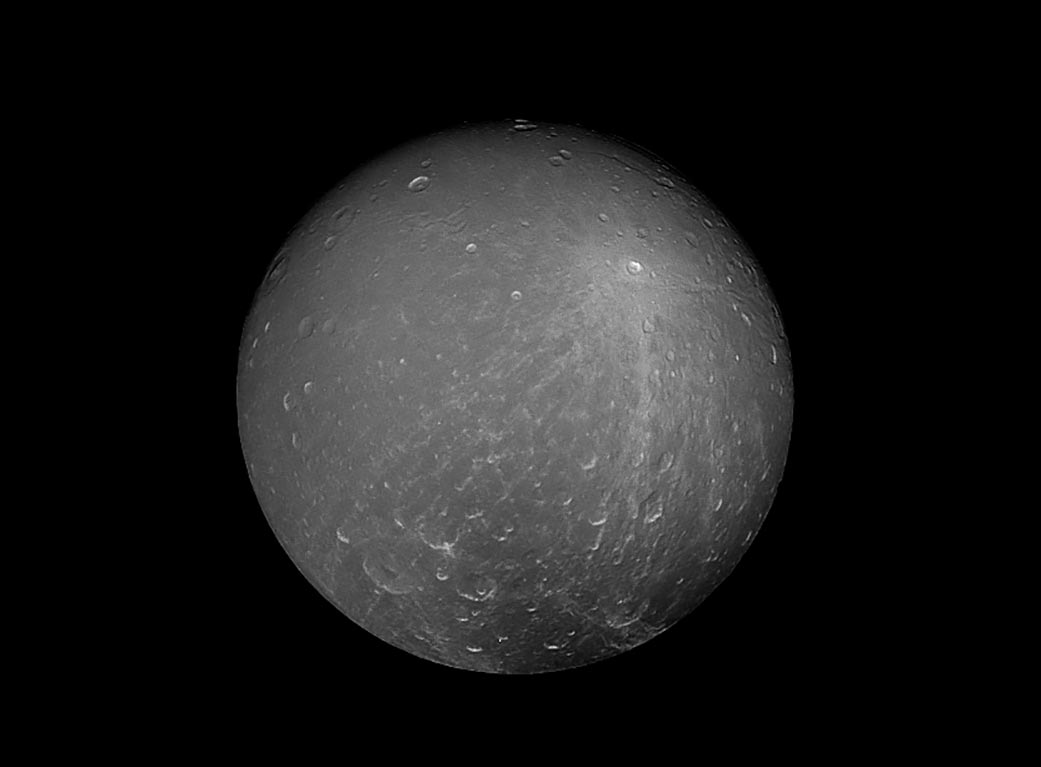Celebration of Scholars
WhoseManz is this? : The Story of a Lonely Phage
 Name:
Vanessa Allanach
Name:
Vanessa Allanach
Major: Biology/Pre-Med
Hometown: Round Lake Beach, IL
Faculty Sponsor:
Deborah Tobiason
Other Sponsors:
Type of research: Course project
Funding: HHMI SEA Phages
